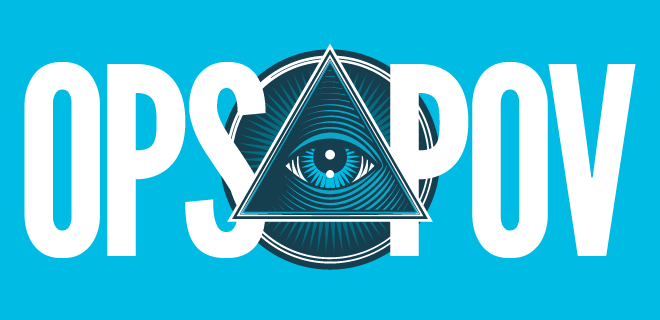
In a post-cookie world, publishers must build a solid identity strategy or risk falling behind. Optable’s Kristy Schafer explains why owning your data and developing an identity framework is key to thriving in the evolving programmatic landscape.
As third-party cookies disappear from the digital advertising scene, publishers are waking up to a harsh reality: it’s time to rethink how they do business. For years, the industry has buzzed about data transformation, revenue diversification, and the importance of privacy regulations. But one key element is often overlooked — how to build a solid identity strategy that can reliably function within both the company and with external partners.
Here’s the bottom line: if publishers don’t focus on building a strong identity graph now, they’re going to fall behind. With so much change in the ecosystem, revenues shifting or diminishing, it’s not just about survival — it’s about thriving in a privacy-safe, data-driven future.
Identity Plays A Key Role In The Future Of Programmatic Demand
Without third-party cookies, the ecosystem that once drove programmatic advertising is fading. Revenue is dropping, and many publishers are looking to rebuild addressability, opting to rely on rented identity solutions — those that pool data from other companies just to stay afloat. These solutions inject a quick fix, but in the long run, lack the required transparency and revenue models to make this a sustainable solution.
Publishers need their own robust identity architecture to not only bring in more money but also to reduce the total cost of ownership and increase margins.
More and more PII-based identifiers are emerging, but deploying multiple IDs can become complex. Additionally, it’s difficult to evaluate if and when hashed emails should be exposed on the page. Whether a publisher chooses a client-side or server-side deployment comes down to one question: how much risk are you willing to take when it comes to privacy?
The latest version of IAB Tech Labs’ OpenRTB enables to inject identifiers directly into the bidstream, adding transparency to the process. By collaborating with third-party data partners or industry solutions like ID5, publishers can inject their own identity signals into the bidstream, enhancing their ability to target users effectively and increase revenue, all while staying on the right side of data privacy.
Breaking Down the Data Silos
First-party data is gold for publishers right now but it’s difficult to mine. Many publishers are collecting a vast amount of data, including identity, across different platforms — whether through ads, subscriptions, or events — which has led to a huge problem: fragmented data. This is amplified when there are multiple business units that all have different systems and policies. With no underlying identity architecture and different systems for managing content, consent, and customer data, many publishers find themselves staring at disconnected pieces of the puzzle.
That’s why the conversation around identity is so critical. If you’re not connecting the dots, you’re only looking at small pieces of the puzzle, effectively making decisions in silos. A unified identity framework tied to a data foundation, lets publishers see the bigger picture with an opportunity for cleaner data sets – how users engage, how that ties to revenue, and where there are opportunities to grow.
Creating a True Single Customer View
A single customer view is no longer a “nice to have” – it’s a must. This is the flip side of eliminating data silos, but it also connects to greater actionability concerning users. To maximize engagement and performance, publishers must track users across every device and environment they interact with. It’s about understanding your logged-in users and anonymous users, as both are crucial for monetization.
Building a persistent identity graph that updates in real-time helps publishers make informed decisions. This isn’t just about driving ad revenue; it’s about understanding every user touchpoint, from what content they consume to how they interact with your brand.
Getting Ready for What’s Next
The value of data is skyrocketing. To tap into that potential, publishers need more than just a surface-level understanding of their audience – they need a solid identity strategy & architecture. Identity sits at the center of every monetization and engagement opportunity for a publisher. As more advanced data analysis rolls out, these data foundations are critical to leverage newer approaches like AI, predictive analytics, and new data collaboration models. If you don’t have your foundation set, you’ll be left scrambling when the next big opportunity comes knocking.
Many publishers have under-invested in building a comprehensive identity strategy because of the level of cross-functional thought, effort, and collaboration required. However, waiting longer creates an even bigger risk to their business. If publishers don’t invest in data and identity now, they’ll be left out of emerging revenue streams.
The reality is clear: we’re entering a new era of advertising, and identity is at the center of it all. Those who get it right will have the upper hand in a cookieless world. The time to act is now.